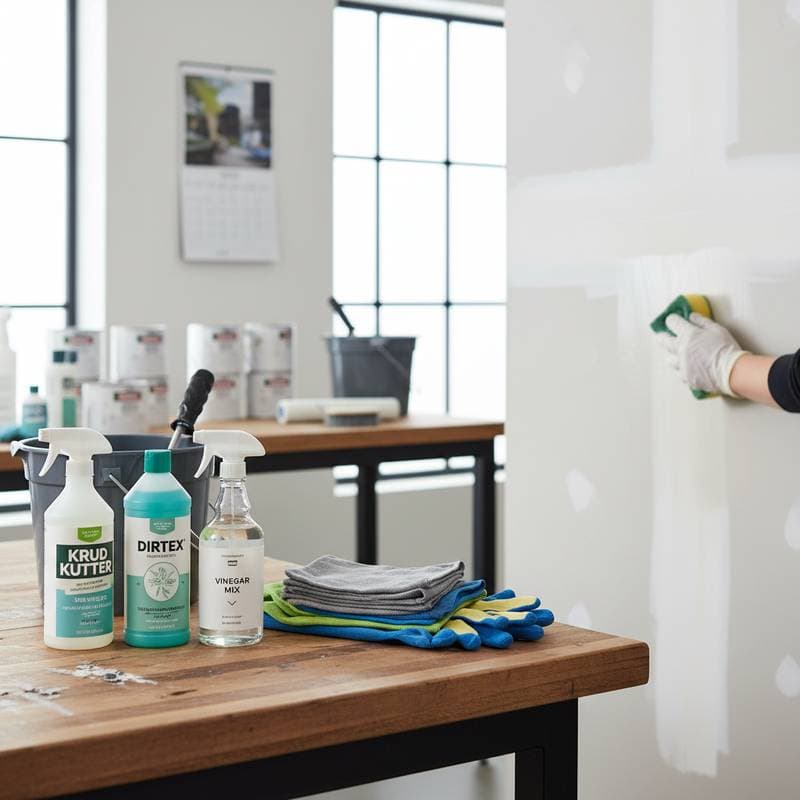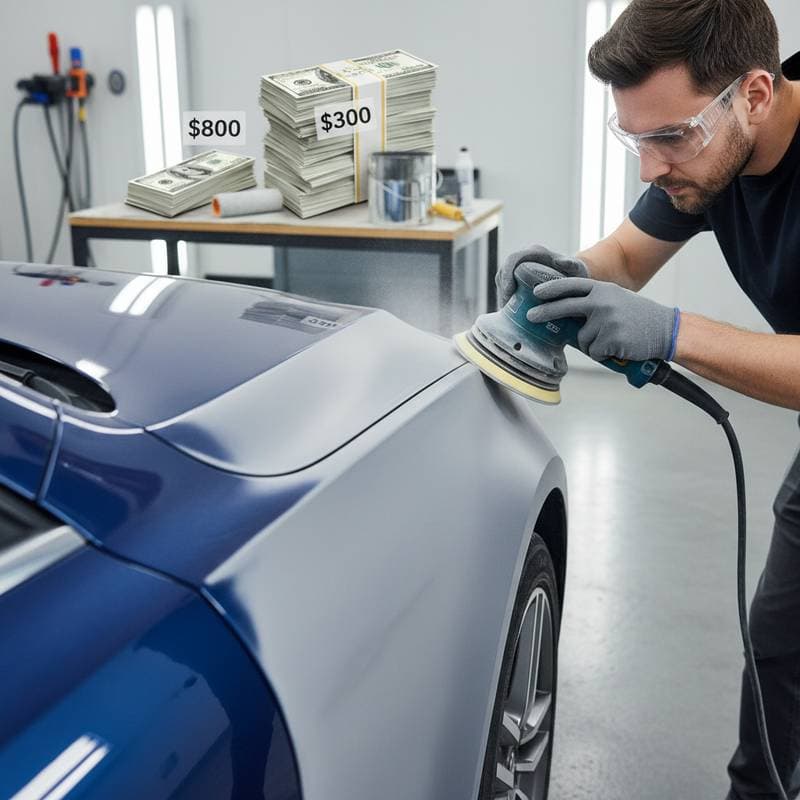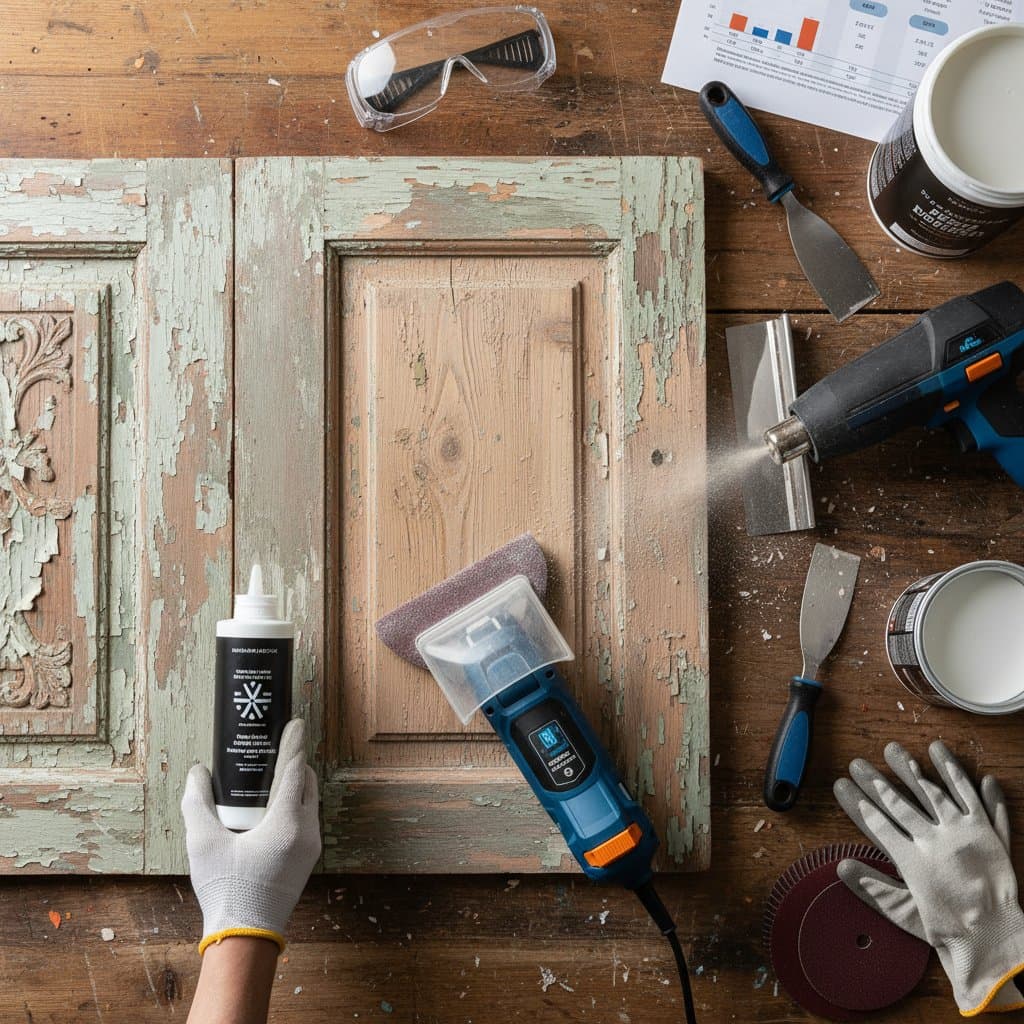The Essential $800 Dustless Sander for Professional Painters
Professional painters recognize that the excellence of a paint finish hinges on thorough surface preparation, with sanding standing out as the most labor-intensive step. Conventional sanding techniques generate pervasive fine dust that permeates the air, covers all nearby surfaces, and demands extensive cleanup often exceeding the duration of the actual project. Dustless sanding technology addresses these issues comprehensively. For painters, drywall finishers, and remodeling experts, acquiring a premium vacuum sander in the $800 range represents an indispensable investment rather than an optional expense.
This overview details the value of a dustless sander, highlights essential features to consider, examines its influence on job quality and productivity, and clarifies what homeowners need to know about its professional application.
Breaking Down Project Costs
Standard Price Ranges
- Entry-level vacuum-assisted sander: $400 to $600
- Mid-tier professional dustless sander: $700 to $900
- Advanced setup with HEPA filtration and extras: $1,000 to $1,400
Standard Components
- Primary sanding unit featuring variable speed settings
- Vacuum hose and integrated dust collection mechanism
- Interchangeable sanding pads and discs
- Ergonomic handle or extension pole suitable for ceilings and high walls
- Portable carrying case for easy transport
Additional Expenses
- Spare sanding discs and filters ($50 to $150 per project)
- HEPA filter enhancements for superior air purification ($100 to $200)
- Extended hoses or adapters for expansive areas ($30 to $80)
- Ongoing maintenance items like seals and fittings
Influences on Total Expenditure
| Factor | Cost Influence | Specific Examples |
|---|---|---|
| Brand and Durability | Premium pricing | Units from dedicated painting tool brands |
| Filtration Quality | $100 to $300 extra | HEPA systems meeting occupational standards |
| Power Type | Minor variance | Corded models generally less expensive |
| Included Accessories | 10% markup | Vacuum fittings, wall guides, pole extensions |
| Upkeep Schedule | Ongoing expenses | Filter replacements and motor tune-ups |
Project Timeline Overview
Projects proceed in a structured sequence, and dustless sanding preserves momentum by avoiding disruptive pauses.
Standard Timeline for Repainting a Room
- Initial Setup – 1 to 2 hours for masking and protecting furnishings.
- Sanding for Surface Smoothing – 2 to 4 hours based on existing wall texture.
- Post-Sanding Cleanup and Review – Under 30 minutes using dustless tools.
- Priming Followed by Painting – Usual application duration with seamless progression.
Traditional sanding frequently extends cleanup to twice the length. Dustless alternatives compress this interval and provide a pristine substrate ready for subsequent layers.
Selecting an Optimal Dustless Sander
Choosing a vacuum sander requires evaluation beyond mere cost. The ideal model aligns with project demands, usage frequency, and material types.
Critical Features to Assess
- Suction Strength: Robust vacuum ensures dust containment and steady capture rates.
- User-Friendly Ergonomics: Customizable grips minimize strain over prolonged sessions.
- Speed Variability: Enables fine-tuning for light refinishing or intensive material removal.
- Abrasive Pad Dimensions and Configuration: Broad pads accelerate large areas; compact ones navigate tight spaces.
- Dust Filtration Mechanism: HEPA standards excel in residential indoor environments.
Expert Guidance
Models around $800 from reputable painting and drywall specialists integrate powerful extraction with resilient builds. Contractors handling weekly jobs prioritize dependability and ease of use over minor savings. Such systems deliver consistent performance across diverse applications.
Ensuring Performance Through Maintenance
Superior sanding equipment sustains peak operation through diligent care. Experts preserve vacuum efficacy and extend motor longevity by adhering to routine servicing protocols.
Routine Maintenance Protocol
- Discharge dust bags or containers at the end of each day.
- Swap filters according to producer guidelines.
- Examine hoses and joints for potential leaks.
- Clear sanding pads to avoid residue buildup.
- Keep tools in a protected, moisture-free storage space.
Properly serviced dustless sanders endure through numerous assignments. The savings in cleanup, uniformity in surface prep, and healthier work atmospheres validate the upfront outlay.
Advantages for Health and Sustainability
Dustless sanding promotes secure and eco-conscious workflows. It intercepts microscopic particles mid-air, averting indoor pollution and curbing debris accumulation. Systems with HEPA capabilities secure contaminants finer than a strand of hair, fostering a salubrious site.
In homes prone to allergies or breathing issues, this approach eradicates residual irritants common after manual sanding. Painters embracing dustless methods underscore their commitment to superior outcomes and occupant safety.
Final Considerations for Investment
The optimal dustless sander matches your workload volume, material varieties, and site constraints. At $800, a vacuum sander strikes an ideal equilibrium of capability, sturdiness, and enduring worth for reliable professional delivery.
Painters aiming for heightened productivity or homeowners tackling significant updates benefit from grasping dustless sanding's contributions. Purer atmospheres, refined surfaces, and expedited completions position this equipment as a pivotal upgrade in contemporary prep strategies.
Common Questions
How Does Dustless Sanding Affect Painting Project Costs?
Professionals incorporate dustless sanding into standard prep services. The premium typically spans $0.50 to $1.50 per square foot, varying with surface state and access. Though marginally above basic methods, the enhanced cleanliness and refined results offset the increment.
What Is the Time Difference Between Dustless and Traditional Sanding?
Dustless processes accelerate overall pacing by bypassing extended tidying. A typical room requiring a full day under conventional approaches prepares for priming in half that span. Diminished dust dispersion further trims intervals before coating commences.
Is Purchasing or Renting a Dustless Sander Better for Homeowners?
Those undertaking frequent updates may justify buying, especially with yearly multiple endeavors. For sporadic needs, daily rentals from tool outlets at $40 to $60 prove economical. Pros possess advanced models, so engaging them yields expert execution sans personal investment.
How to Confirm a Contractor Employs Dustless Sanding?
Inquire explicitly amid quoting discussions. Established pros highlight dust-free prep in bids. Viewing the gear or past job images of immaculate sites serves as verification. Providers of such tech typically showcase it willingly.
What Upkeep Does a Dustless Sander Demand?
Care remains straightforward yet vital. Regular filter and pad renewals prove necessary. Hoses require seal integrity for optimal pull. Post-job canister emptying upholds efficiency. These practices guarantee steadfast operation and extended utility.
Does Dustless Sanding Suit Every Surface?
Units target drywall, plaster, and comparable substrates. Appropriate abrasive choices extend to woodwork or overheads. Success relies on modulating velocity and force per material. Delicate areas demand low-grit abrasives and moderated extraction to prevent marring.



